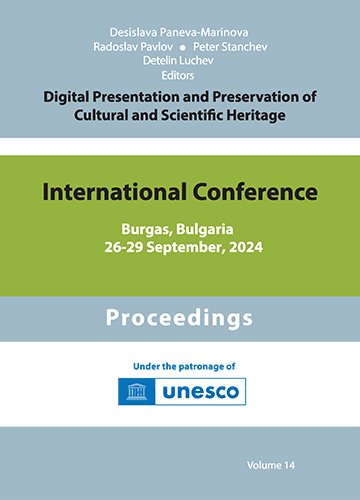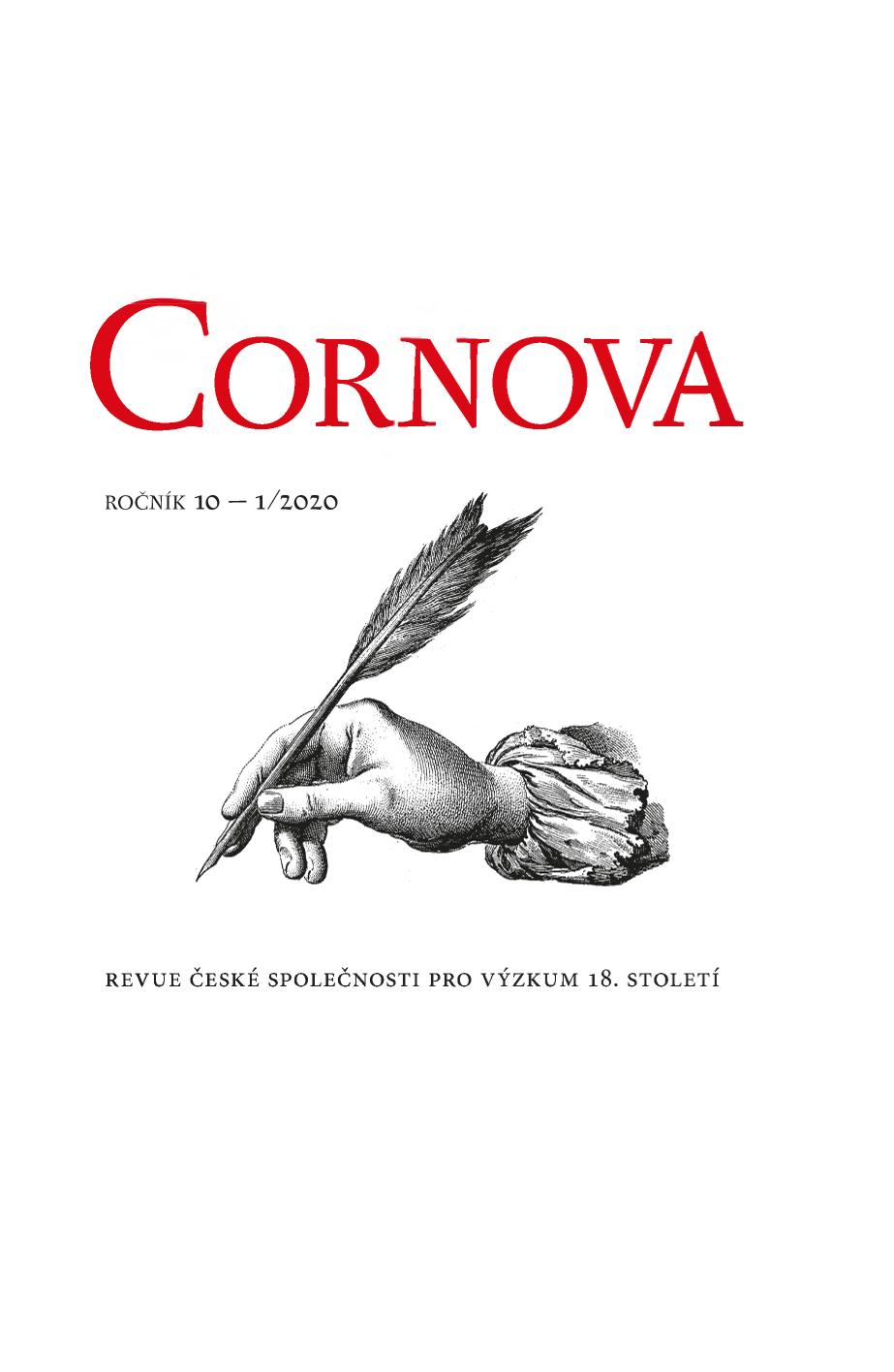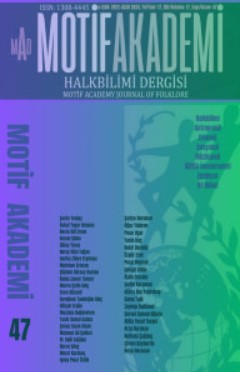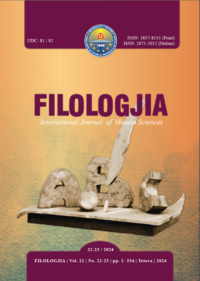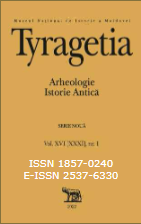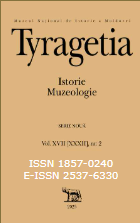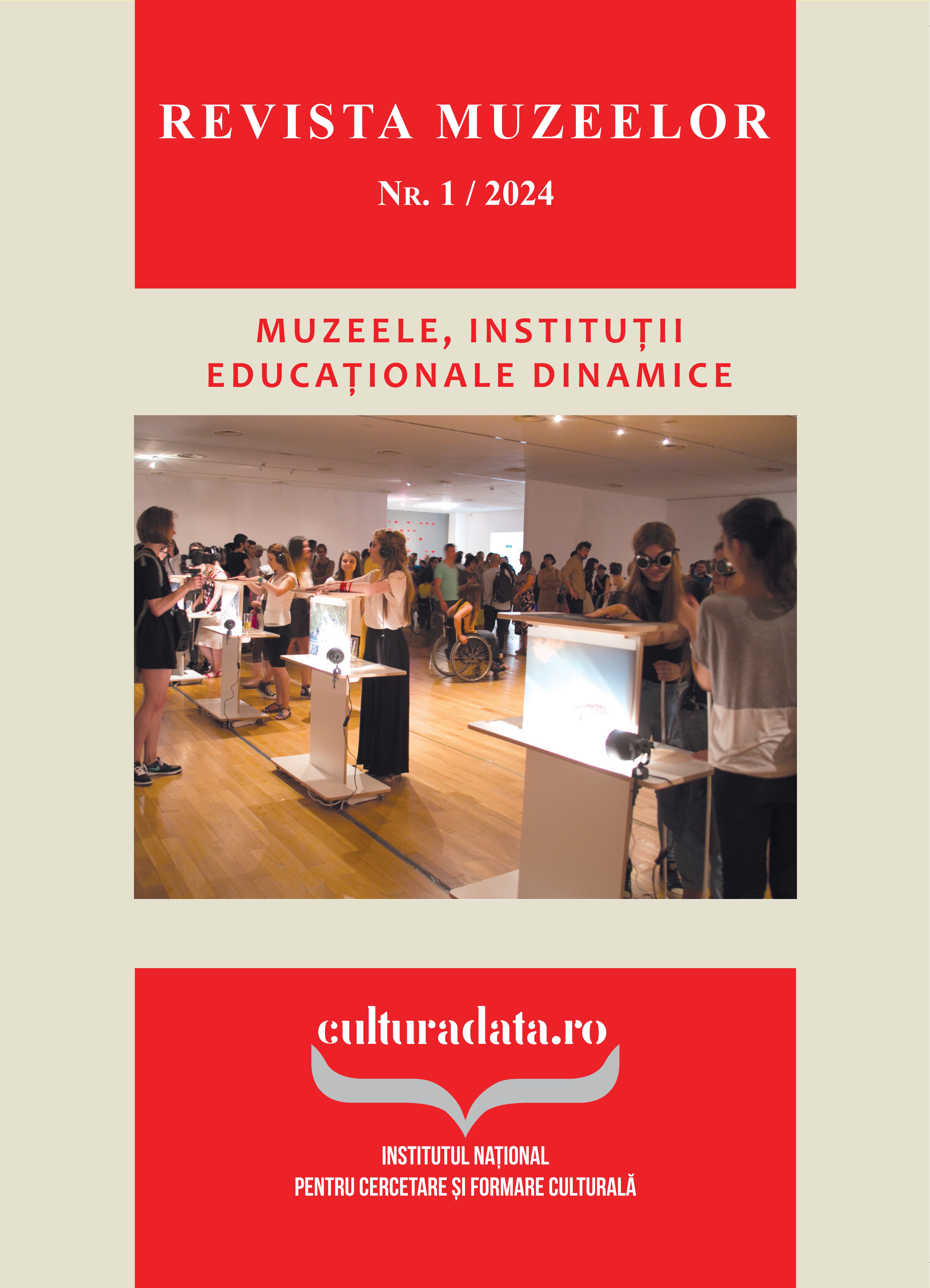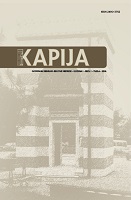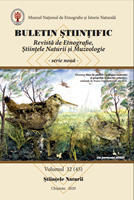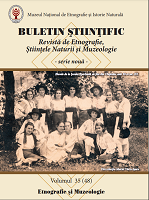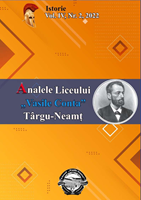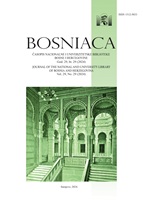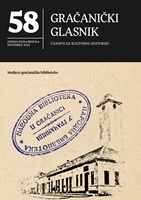Author(s): Kamran SOKHANPARDAZ,Necla Dursun / Language(s): Turkish
Issue: 47/2024
The Metropolitan Museum of Art, located in New York City, United States, stands as one of the largest museums in the world. Established in 1872, the museum's collection encompasses a wide array of art from various regions, including Asia, the Ancient Near East, Egypt, Greece and Rome, the Middle Ages, Islamic art, European paintings, and modern art. This article examines 11 previously untranscribed artefacts from the Islamic period, housed within the collection of the Metropolitan Museum. These artefacts, dating between the 8th and 14th centuries, originate from different regions and consist of two embellished stone architectural elements, two wooden panels, one token or glass weight, and six pages of the Qur'an inscribed in Kufic script. The objective of this study is to provide a transcription of these artefacts, elucidate their general characteristics, and analyse the intricacies of their motifs and ornamentation. While many pieces in the museum's section have been thoroughly documented in the list of museum artefacts, the transcriptions and detailed examinations of the examined artefacts have been largely overlooked. In fact, the museum's inventory lacks comprehensive information and readings of these artefacts. Conducting a detailed analysis of these artefacts will serve as a guiding resource for those conducting research in this field. This article employs a qualitative research method, relying on descriptive analysis and observation based on a selected sample.
More...
